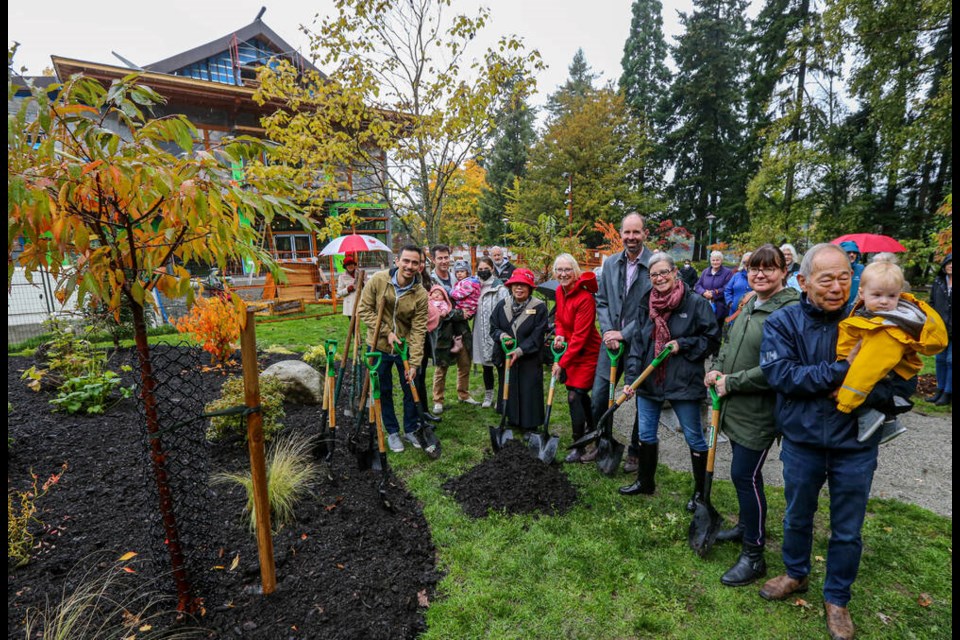North America’s first Japanese garden is being recreated in Esquimalt Gorge Park, more than 100 years after it was established.
The garden was designed by Isaburo Kishida in 1907.
Esquimalt council will be at the site Friday at 10 a.m. for the ceremonial planting of a cherry forest, which will pay homage to the area’s history. In Japan, cherry trees are symbolic of a fresh start and rebirth.
The Takata family, which operated a tea house in the garden for many years, has donated $25,000 toward the cherry forest and will be honoured for the contribution at the event. The family had to give up the tea house in 1941 when Canadians of Japanese ancestry were sent to internment camps.
The forest will be made up of 26 trees, including 22 Akebono cherry trees, four weeping Japanese maples, a Japanese maple and a black pine.
Donors have also given benches, lanterns and a traditional torii gate.
To date, the Township of Esquimalt has refurbished the garden’s ornamental stream and built a traditional Japanese bridge over it. Construction of a pavilion, an amenity requested by the public, should be complete early next year.
The pavilion will have a catering kitchen and other features, Esquimalt Mayor Barb Desjardins said.
“We are, right now, out for public consultation on what kind of programming people would like to see, what kind of uses would they like to see,” she said.
Initial feedback was that the public would like to have weddings and cultural events at the pavilion, as well as municipal programming.
Funding for the pavilion has come from the amenity funds given to Esquimalt as the host community for the new regional sewage plant.
Desjardins said there was a lot to the operation at the park in the early years.
Along with the Japanese garden there was “almost a fair-like set up,” she said.
There were rides and games “and just a place where people came and gathered,” Desjardins said.
Elements of the old operation remained over the years, she said.
“We always had the remnants of the garden there.”
Desjardins said she is happy to see the site being improved
“I’m so glad that we’ve been able to bring it back.”
She said the First Nations component to the park is also being looked at.
“We are in the process of reaching out to First Nations to say: ‘What does it look like for you? What can we do to highlight the significance of this area for you and your culture? ’ ”



